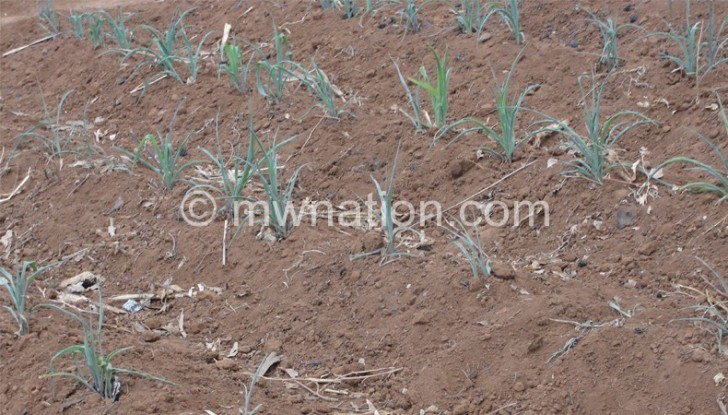El Niño and rainfall effects in Malawi
There are growing perceptions that El Niño is bringing drought to Southern Africa including Malawi. As a result, there are many questions as to what is El Niño, and how is it going to affect 2015/16 agricultural production.
El Niño-Southern Oscillation (Enso) is one of the most important and well-known phenomena that affect weather and climate around the world. It is defined as the cyclic warming and cooling of the central and eastern tropical Pacific Ocean.

The warming events are called El-Niño (Spanish word, means boy child) and the cooling events are called La-Niña (Spanish word, means girl child).
In Africa, El-Niño (warm episode) is known to bring dryness in Southern Africa including Malawi and wetness in Eastern Africa. However, studies of El-Niño in Malawi have shown that not all El-Niño years had below normal rainfall amounts.
For example, 1972/73, 1982/83 and 1997/98 seasons was strong El Niño as 2015/2016 season. But 1972/73 and 1982/83 seasons had generally below normal rainfall amounts while 1997/98 had above normal rainfall. La Nina (cold episode) is roughly the opposite of El Niño effects in Southern and Eastern Africa
Further studies indicate that Malawi lies in the transition zone between Eastern Africa and Southern Africa because additional analysis have also shown that Chitipa and Karonga located at 9.7 and 9.95 degrees south respectively in Northern Malawi are likely to experience above normal rainfall amounts during strong El Niño years than during strong La Nina years. As one goes southwards, the behaviour of rainfall is a mixture, as they do not exhibit a uniform pattern.
For example at Mzimba, Bvumbwe and Chileka there is slightly higher likelihood for strong La Niña years to have more than normal rainfall. The rest of the stations are exhibiting almost similar behaviour of December-January-February (DJF) rainfall during both strong La Niña and El Niño years.
In summary, six of the twelve locations where the analysis was done indicate higher chances of having above normal DJF rainfall during strong El Nino years than during strong La Niña years. While three stations are likely to have above normal rainfall during strong La Niña years than during El Niño years, and also three stations are exhibiting the same probability during both strong El Niño and La Niña years.
The probability of rainfall to be above normal in Malawi during strong El Niño is ranging from 20 to 60 percent, giving an average of 40 percent while during strong La Nina is from zero to 60 percent with an average of 30 percent. This indicates higher chances of having above normal rainfall amounts during strong El Niño than during strong La Nina years.
In summary, the northern tip of the country has a higher probability of having above normal rainfall during strong El Niño than strong La Niña years. It is also established that not all El Niño years means below normal rainfall, likewise not all La Niña years means wet conditions over Malawi implying non-linearity of ENSO and rainfall in Malawi. This also confirms with earlier findings in the region that during some of the strong El Niño years, rainfall amounts were significantly higher in Southern Zambia and some parts of South Africa and the strongest El Niño of the century of 1997/98 was characterised by above normal rainfall in the region.
Lastly the studies have also shown that during strong El Niño years prolonged dry spells and false onset of the season are common. n
This article was prepared by the Department of Climate Change and Meteorological Services but sourced from http://www.shirebasin.mw/.





